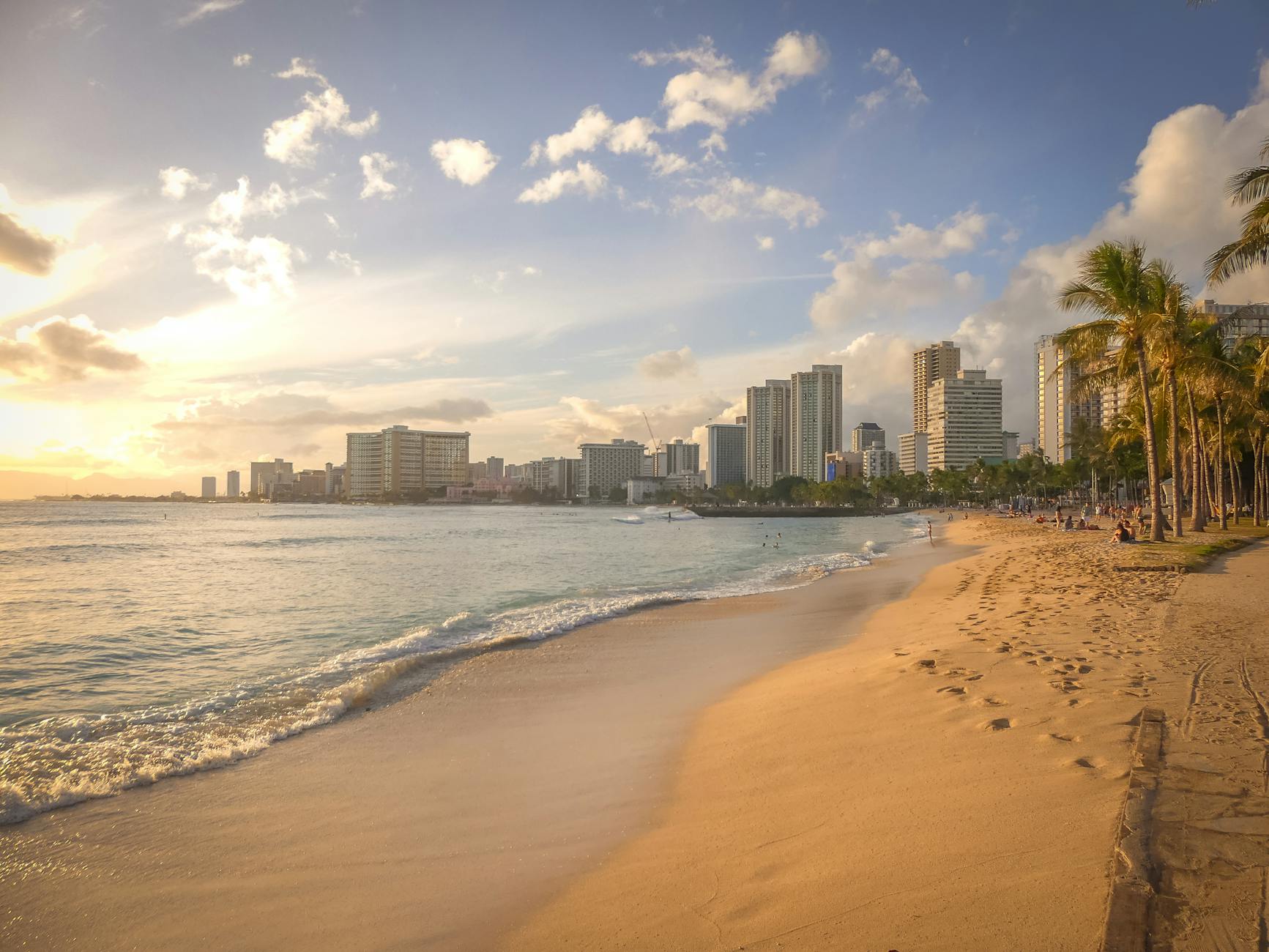Every year, Hawaii inches about 3 feet closer to Alaska, a curious phenomenon driven by the relentless movement of tectonic plates. Positioned atop the vast expanse of the Pacific Plate, Hawaii finds itself gradually drifting northwestward, propelled on a geological journey toward the frigid waters of the northernmost state. Remarkably, this motion mirrors our fingernails’ slow but steady growth, a testament to the incremental pace of geological forces.
While the notion of Hawaii directly converging with Alaska may seem improbable, the reality is more nuanced. The dynamic interplay of tectonic activity becomes evident when examining the bathymetric map of the Pacific, revealing the intricate path carved by the Hawaiian Hotspot.
This geological hotspot has birthed a chain of islands stretching across the Pacific Plate, culminating near the western boundary of the Aleutian Trench. Over time, the once-prominent islands of the Hawaiian–Emperor seamount chain have succumbed to erosion, transforming into submerged peaks beneath the ocean’s surface.
The Hawaiian Islands subtly inch closer to their destination every year, thanks to the perpetual dance of the Earth’s tectonic plates. The Pacific Plate, upon which Hawaii sits, is in constant motion, gliding northwestward at an average rate of approximately 7 centimeters per year. This seemingly slow progression is comparable to the incremental growth of our fingernails, emphasizing the gradual but persistent nature of tectonic activity.
This movement is not haphazard; rather, it is part of a broader geological phenomenon driven by the rotation of the Pacific Plate around a point south of Australia. As this massive slab of Earth’s crust pivots, it propels Hawaii along its path, gradually shifting its position relative to other landmasses and geological features.
Evidence of this ongoing journey manifests in various ways, with earthquakes as one of the most prominent indicators. Along the boundaries of tectonic plates, where friction and pressure build up over time, seismic activity occurs as the plates release energy through sudden movements. These earthquakes, albeit sometimes imperceptible to human senses, provide tangible proof of the dynamic forces beneath the Earth’s surface.
Though seemingly incremental, Hawaii’s movement is part of a larger narrative of geological change that spans millennia. As the islands steadily traverse their course, they contribute to the ever-evolving landscape of our planet, shaping not only their own destiny but also our understanding of the complex mechanisms driving tectonic activity.
Avid Writer with invaluable knowledge of Humanity!
Upcoming historian with over 30 million views online.
“You make your own life.”





